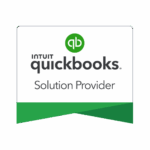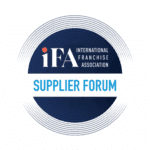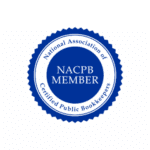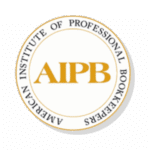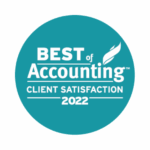When it comes to year end, the fear of taxes can make small business owners worry. A lot of business owners dread this time.
This small business year end checklist will help you organize your income taxes and get your business planning on track for 2020!
ORGANIZE YOUR FINANCIAL BOOKS AND RECORDS
As an entrepreneur or small business owner, you should get your books in order before doing any new business planning (this is something we at BooXkeeping can help with!).
DETERMINE YOUR POSITION
The next step is to figure out the present state of your business.
Examine your financial documents:
The Balance Sheet is a summary of the financial status of your business at a point in time.
The Income Statement let’s you see how profitable your business is at a point in time. Doing this, you itemize your revenue and expenses which indicates if its a profit or loss.
The Cash Flow Statement reconciles your opening cash with your closing cash for a particular period, showing you where the money has gone. The cash flow statement shows the flow of cash in and out of your business. Preparing a cash flow statement for a year spent, list and summarize your business’s cash flow inflows and outflows for each of these three areas:
Once you’ve examined your balance sheet, income statement and cash flow statement, dig a little deeper by checking your business’s current ratio, total debt ratio, and profit margin. This would be easier with a balance sheet.
GOALS
You should evaluate your goals from last year and set new goals for the coming year. Check the present state of your business and check back on how you arrived at that point.
Did your business accomplish your objectives? What is the reason for that? Take notes of your accomplishments and failures. This will come in handy when setting up your business plans for the current year.
TAXES
Assess your current tax strategies. There are tax strategies sole proprietorships and partnerships can use to reduce the amount of income tax they pay, such as income splitting and maximizing your business’s depreciation claims.
You could also make use of fresh the strategies that are yet to be used by changing your business structure. Seek advice from professionals like an accountant or tax lawyer on the tax strategies which would be best for your personal and business circumstances.
PLAN AHEAD
Now, You’ve done all your foundational work and you’re ready to do some business planning. That means that you are going to:
PREPARE YOUR TAX DOCUMENTS
You can either prepare your income tax yourself or turn over the required documents to an accountant. There are key records your tax accountant will need to prepare your income tax. If you are making use of the cloud based accounting software programs for keeping records, your hired accountant would be able to easily access your business records online.
We all know a popular saying; those who fail to plan, plan to fail. Implementing this in your business would require that you plan your business the exact way you want it to be. You know the importance of business planning but it makes it easy to put off daily events. Hopefully, this year end checklist will inspire you to plan your business and make the process easier.

